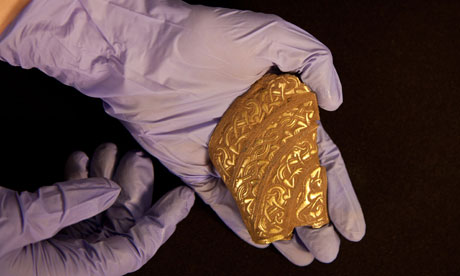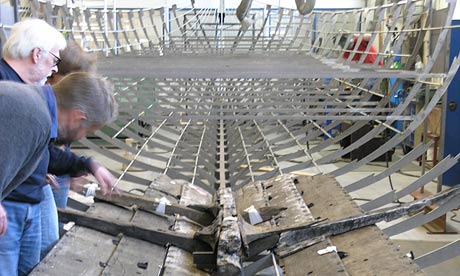The style and material of the ring makes it hard to date the university said
A sapphire ring found in North Yorkshire has sparked a meeting of experts to determine exactly when it was made.
The ring has baffled archaeologists because it is unlike any other according to the Yorkshire Museum.
The intricate ring, presumably made by a highly skilled craftsman, is on show at the Museum in York.
Natalie McCaul, from the museum, said the meeting may "shed new light on the ring" and "reveal some of its secrets".
The museum said the ring's style and material made it hard to date but it could have been made any time during the seventh to 11th centuries.
Read the rest of this article...













